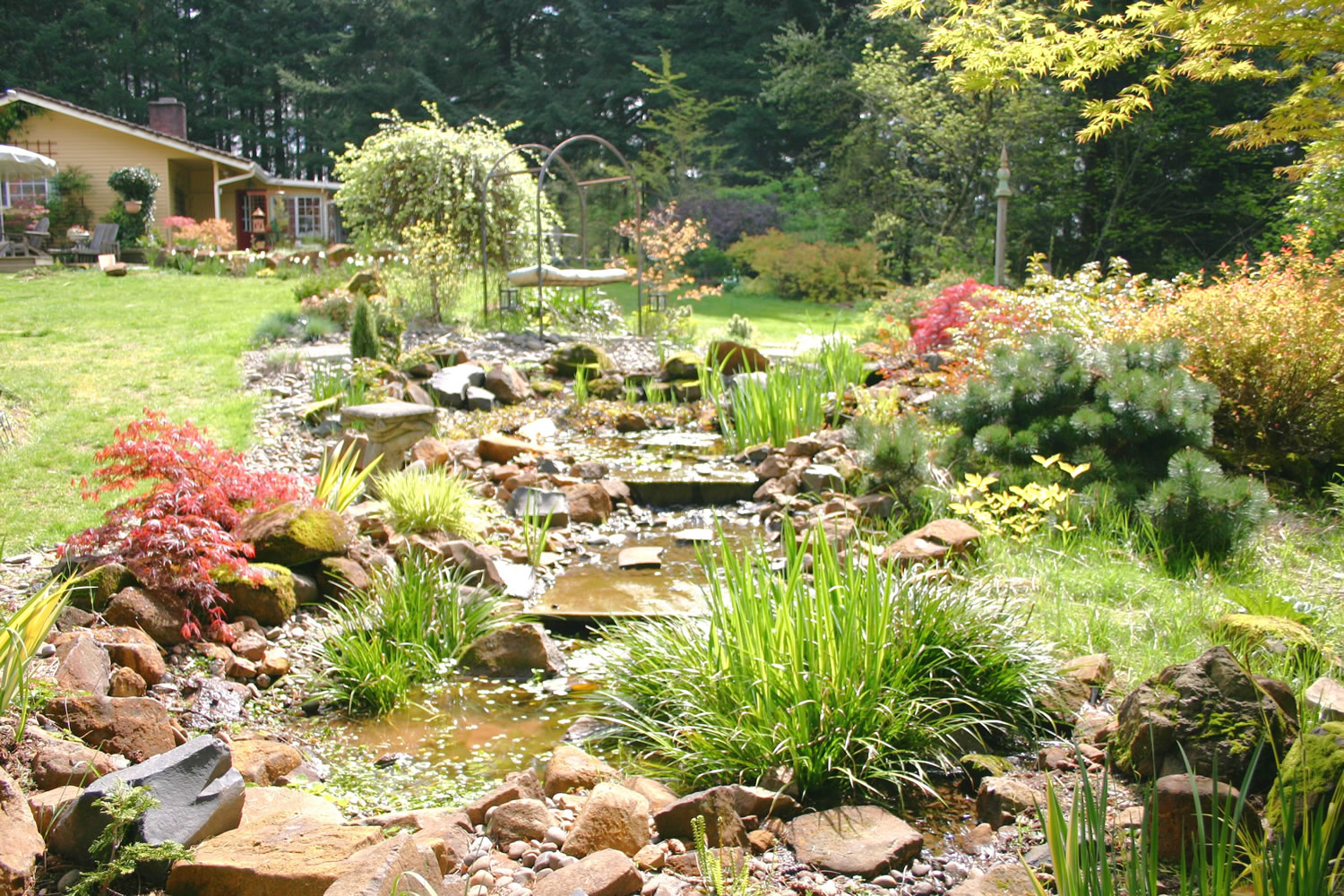Mid-March heralds spring’s arrival and the perfect time to begin planting. Nurseries, home improvement centers and even the local grocery stores are bringing new plants in every day to add to our early spring gardens. In past years we had to worry about muddy soil or partially frozen ground this early in the season. Recent temperatures have been hovering around 50 degrees. On a day when the air temperature is above freezing and the soil is workable, we can begin to plant hardy ornamentals, roses, vines, trees and shrubs.
Before you begin, be sure that the plants you are buying should be planted at this time. For the record, spring officially begins in the third week of March. Even so, in Southwest Washington, west of the Cascades, the average last frost date is April 15. Therefore, it’s too early to put out plants that hover on the margin of hardiness. Mother Nature does not always pay attention to established
calendar dates. Despite the fact that today denotes the first day of spring, tender perennials and summer-blooming bulbs might not survive a late frost or freeze.
Tender annuals may be tempting, but experienced gardeners know to wait until after Mother’s Day to plant them in the garden. Although I am surely repeating myself, I find it important to reiterate this information every spring. Since frosts are quite possible into April, planting any earlier is a gamble. One of the most common causes of disappointment for novice gardeners is sowing or planting too early. Typically, plants and seeds put out several weeks later in the season overtake ones planted earlier because they are less likely to receive a check to their growth.
The end of March and the beginning of April are excellent times to take steps toward improving your garden soil. If the earth is saturated once rains begin again, wait a while to amend the soil. Walking around or working in wet clay will compact the soil, making it difficult for a plant’s roots to take up nutrients from the soil. In most cases, the natural soil in our gardens has the tendency to become more acidic with time. This is a direct result of substantial seasonal rains and the natural cycle of leaf and needle fall from Douglas fir and other evergreen plants.
Acid soil is a soil without lime and a pH of less than 6.5. Spreading lime over the surface of the soil is important for certain types of planting areas, especially future vegetable gardens. Make sure that you do not add lime to beds with any of our acid-loving plants such as rhododendron, camellia and heather. Blueberries also like an acid soil and will not thrive if the soil is “sweetened” with lime. Scatter an organic, all-purpose fertilizer over garden beds and planting areas to give established plants a jump start as they transition from winter into spring.
Although adding plants to the garden is the highlight of my garden life, there is plenty to do while waiting for the right time to plant. For one thing, you can buy the plants on your plant list and keep them in a protected area until planting time. If you keep a garden journal, write down the exact name of each plant as well as when and where you plant them in the garden. This information will become invaluable over the life of your garden. Ease yourself into the busiest season of the year by starting slowly. Tackle one small area at a time until you’re comfortable working for a longer stint. Enjoy the warmth of the springtime sun on your back, shoulders and arms. I’m the first to suggest that sitting in a lounge chair with a drink in hand and looking out on the garden is a viable step in the process of creating a garden.
Clean up any last vestiges of winter from perennial beds and mixed borders. Clear away decayed leaves and vegetation left in place to protect tender plants. Remove the last of any winter protection for plants that have had time to establish themselves in the garden. Our temperatures become milder as the spring season approaches and the rains begin again in earnest. With the warmth and the dampness in the garden, the slugs will come out in full force. Begin to control them now and save yourself the heartache of tattered foliage later in the season. You’ll have ample opportunity to get your fingers in the dirt as you prepare your garden for the official arrival of spring.



